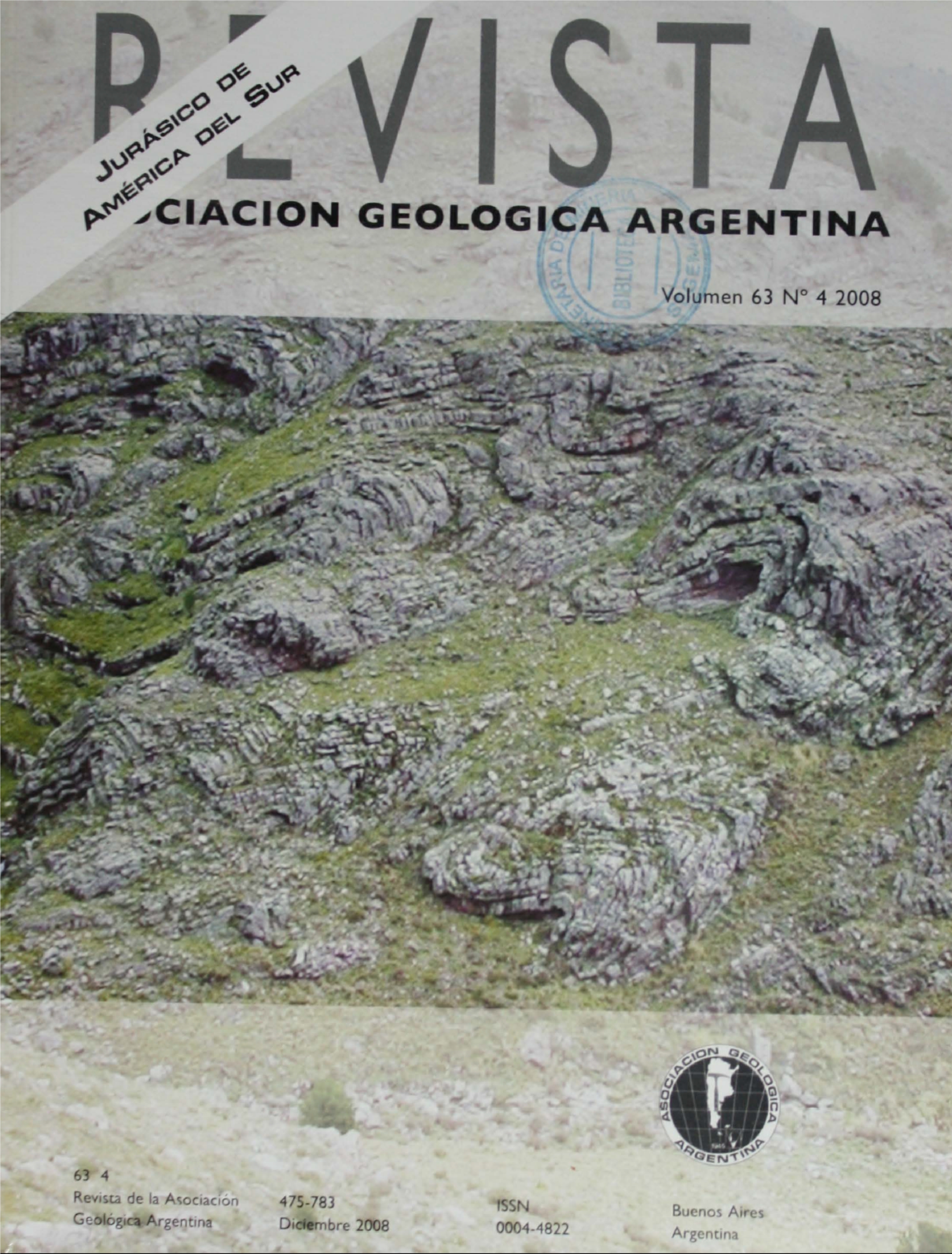The Jurassic of Argentina and its ammonites
Main Article Content
Abstract
Ammonites have been fundamental for improving the knowledge of the Argentinean Jurassic. Since 1870 they have been fundamental to prove the existence, in marine facies, of all Jurassic stages, except the Kimmeridgian. Paleobiogeographic distinction provided the basis to establish a regional biostratigraphic framework of 45 biostratigraphic units for the Hettangian - Tithonian, which has helped to define, existence and scope of a number of stratigraphic discontinuities, space and time relationships among lithostratigraphic and dicontinuity-bounded units, and transgressive-regressive cycles and related environmental changes, and to locate within the global time scale, biozones based on other fossil groups as well as astronomically controlled sedimentary cycles, paleomagnetic reversals, changes in the apparent polar wander path of South America, and isotopic excursions. Anchorage of radimetric ages to regional ammonite biostratigraphy and linkage to the global time scale, provide a basis for dating Jurassic non-marine events, e.g. continental, igneous, metamophic.
Article Details

This work is licensed under a Creative Commons Attribution-NonCommercial 4.0 International License.
Nota de copyright
Los autores conservan los derechos de autor y garantizan a la revista el derecho de ser la primera publicación del trabajo licenciado según una licencia de atribución Creative Commons que permite a otros compartir el trabajo con el reconocimiento de la autoría y de la publicación en la que se publicó por primera vez.
Declaración de privacidad
Los nombres y direcciones de correo electrónico introducidos en esta revista se usarán exclusivamente para los fines declarados por esta revista y no estarán disponibles para ningún otro propósito u otra persona.

